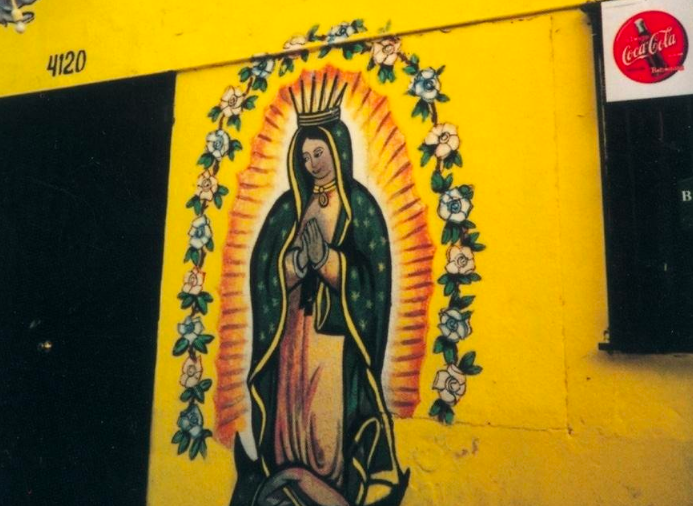Latinos are fast becoming the major minority in the United States. Overwhelmingly urban, they now outnumber blacks in six of the ten largest US metropolitan areas, and in three of those cities they outnumber non-Hispanic whites as well. Mike Davis’s Magical Urbanism is a briefing on the political effects of this demographic sea change–Latinos’ efforts to translate their growing numbers into social clout. One obvious route is through the electoral system. In response to nativist politicians such as Pete Wilson and Pat Buchanan, Latinos over the past four years have undertaken a massive mobilization; their participation in the 1996 election increased by 16 percent over 1992, even as overall voter turnout declined. But for an urban populace in a time of federal divestment from big cities–and when state governments, dominated by suburbs and edge cities, are unwilling to pick up the budgetary slack–the electoral route often leaves urban Latinos fighting a zero-sum battle against blacks, the minority they’re superseding. This, coupled with the non-citizen status of so many recent immigrants, may recommend other avenues to social change. Davis’s prescription? "Rank-and-file-controlled trade unionism remains the best hope for empowering urban Latino communities." He concludes with an old-left slogan for the new American city: he hopes that "the emerging Latino metropolis will … wear a proud union label."
–Jason Disterhoft
The citizen of American democracy struggles with a dual identity: how to reconcile "the citizen of the commonweal" and civic responsibility with individual rights and the "solitary self"? The late twentieth century saw a rise of the second self, and Americans are arguably less social, more detached, and less civic-minded than ever before. But in Almost Home, David Kirp contends that one common response to today’s individualism–a call for a return to "community" or civic association–tends toward a nostalgic and oversimplified view of the subject. Contemporary "community," Kirp points out, involves a complex network of internal and external alliances and identities–not all of them happy. To illustrate how these interrelations become intertwined and entrenched, Kirp presents a "theatre of community"–thirteen short, journalistic narratives, which he wrote over ten years and that span decades. In a story about a young gay black man with AIDS who was expelled from his town, he describes how ideas about race, ethnicity, and sexuality work against acceptance and communion with others. In another narrative, he tells of an unlikely association: a large corporation and San Francisco’s gay community. Kirp’s balanced and straightforward prose style avoids moralism and tidy resolutions. The situations, the people, their thoughts, and their actions are artfully juxtaposed to complement and inform one another. The reader takes from the collection and Kirp’s keen observation a broader idea of the possibilities–but also the limitations–of the individual in civic society.
–Jessica Ludwig
The Hartford circus fire of 1944 was the worst disaster in Connecticut history. The blaze in the Ringling Bros. and Barnum & Bailey big top injured 487 spectators and killed 167, mostly women and children attending the matinee in the July heat. Over the years, journalists, legal historians, playwrights, and fiction writers have been drawn to the strange events of the fire–but surprisingly Stewart O’Nan’s The Circus Fire is the first book-length history of the tragedy. A novelist by trade, O’Nan tells his history through sympathetic, inviting personal stories of a handful of families whom he follows through the fateful day. The fire, it turns out, was as mysterious as it was horrible. How, for example, could the circus year after year waterproof its big top with a flammable mixture of paraffin and gasoline and never consider the danger it posed? Who was the unidentified dead girl known only as Little Miss 1565? Who, or what, caused the fire? Was it Robert Segee, the boy who saw visions of demons and confessed to setting dozens of fires, only to later recant everything? Then there is the secondary history of Hartford, in 1944, a city trying to modernize and to contend with urban growth (buses had recently replaced trolleys, but congested telephone switchboards were still handled by operators). It was also a city prepared for war, in which children were accustomed to orderly air raid drills and car headlights were blacked out to narrow strips. As O’Nan movingly explains, the over-the-top spectacle of the circus was a welcome distraction from the wartime tension–and the ensuing fire was a devastating additional crisis.
–Mercer Hall








